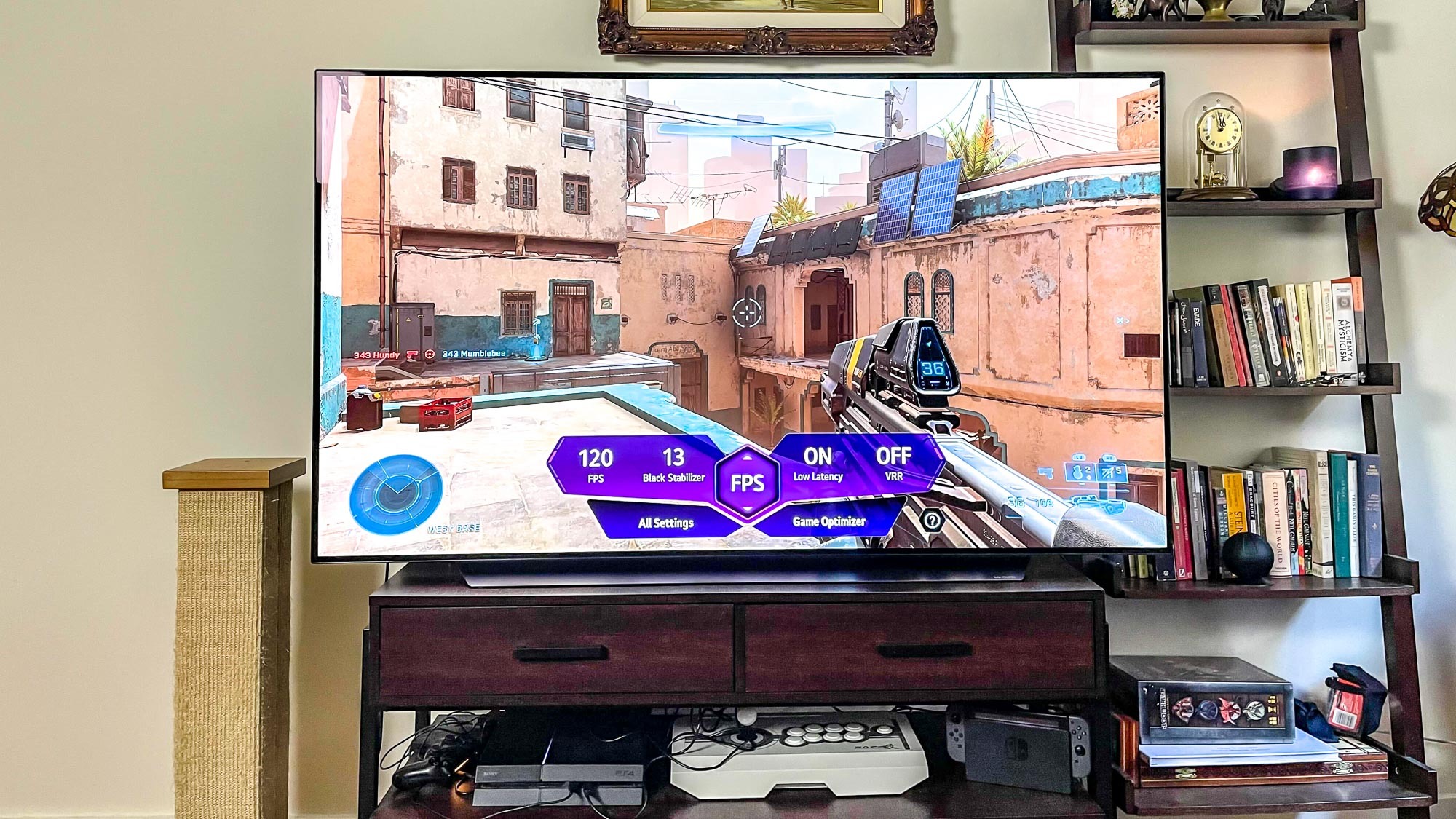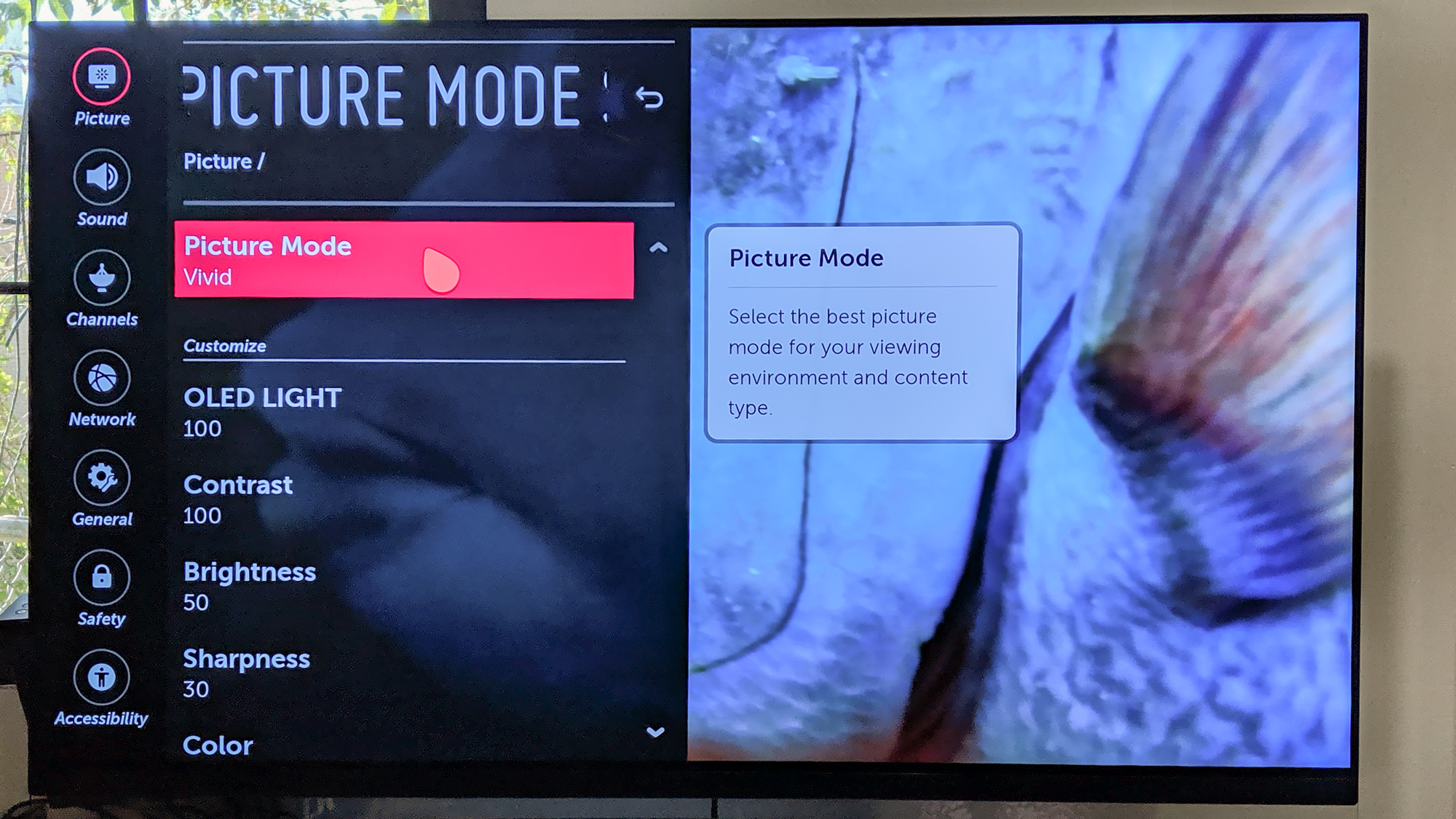
They’ve only been available for a decade so far, but OLED TVs have come a long way in that time. The first models were technically advanced in terms of their picture quality, but lacked the software and hardware necessary to get the most from the new panel design.
Unfortunately that led to some early OLED TVs getting something called burn-in and that fear has persisted in the minds of new buyers ever since. At some point along the way, burn-in became such a worry for new buyers that it steered people away from OLED and toward competitors’ QLED TVs instead.
These days. you don’t have to avoid OLED because of burn-in. Thanks to some smart enhancements on the software side of things, OLED burn-in has become much rarer than before, and with a few simple tips you can outright prevent it from ever happening to you.
Here’s how to keep your OLED TV safe from image retention and burn-in.
What is burn-in and how does it happen?
To understand burn-in, we have to understand how OLED TVs work. Instead of a backlight like all LED-LCD TVs have, toward the back of an OLED TV is a self-emissive light layer of organic light-emitting diodes that can illuminate individually or be turned off.
If a group of these diodes is left on for an extended period of time with consistent luminosity and color, we get what’s called “image retention” where you can see an outline of those pixels when the TV is turned off.
This is the point at which you want to take action, because while image retention is relatively temporary, full burn-in occurs when that visible mark remains there when the TV is turned on and cannot be removed.
Sign up to get the BEST of Tom's Guide direct to your inbox.
Get instant access to breaking news, the hottest reviews, great deals and helpful tips.
TL;DR: Keeping an OLED TV on one channel — especially one with a bright logo — is a one-way ticket to image retention land.

How can you prevent burn-in from happening?
The easiest way to prevent burn-in from happening is to change the type of content you’re watching and not spend too long with a logo anywhere on the screen.
For example, if you only watch CNN it’s possible that older OLED TVs might experience burn-in of the logo on the lower right corner. But, if you’re good about changing the channel every few hours to something else, it’s not something you’ll need to worry about.
However, new OLED TVs have a feature that will detect when a logo is staying in one place for a long time and can then lower the luminance of that logo so that it doesn’t become a permanent fixture on the screen.
This will be enabled by default, so you won’t have to worry about it if you bought, say, a LG C1 OLED or newer model.

What should you do if your TV has image retention?
So what happens if you’ve accidentally left on the TV for a while with a logo in the corner and now it won’t come off? Here’s what you need to do.
Whether you have an LG, Sony or Samsung OLED, look in the menus for a pixel shift setting — make sure that’s turned on. In the future, if you leave the TV on one screen for an extended period of time, the TV will periodically shift the image so that the pixels don’t retain the image.
This is also the time you’re going to want to try the pixel refresher feature that comes built into OLEDs. Again, go back into the settings and find the feature (it’s called Pixel Refresher on LG OLED TVs and Panel Refresh on Sony OLED TVs). Start that up, and you should see a major reduction in the size of the burn-in spot.
After that, if there’s no reduction, you’ll probably need to call a professional or outright replace the TV. Unfortunately, given the lower cost of OLED TVs these days, the latter might be the cheaper option.
If you’re careful with them, OLED TVs shouldn’t suffer any sort of burn-in or image retention — or, if they do, you should now have a few ways to get rid of it.
- Looking to buy an OLED TV for the first time? Check out our guide to the best OLED TVs
- Read how our streaming editor was worried about burn-in on his LG C2 OLED — and why he would advise you to not do what he did.

Nick Pino heads up the TV and AV verticals at Tom's Guide and covers everything from OLED TVs to the latest wireless headphones. He was formerly the Senior Editor, TV and AV at TechRadar (Tom's Guide's sister site) and has previously written for GamesRadar, Official Xbox Magazine, PC Gamer and other outlets over the last decade. Not sure which TV you should buy? Drop him an email or tweet him on Twitter and he can help you out.
